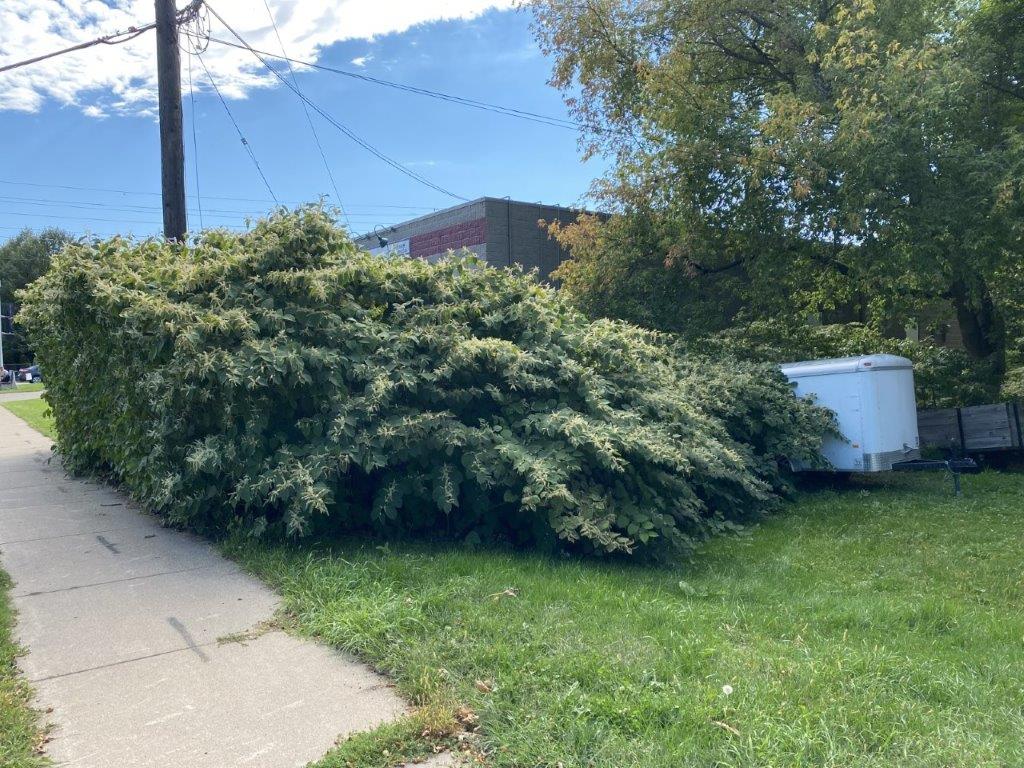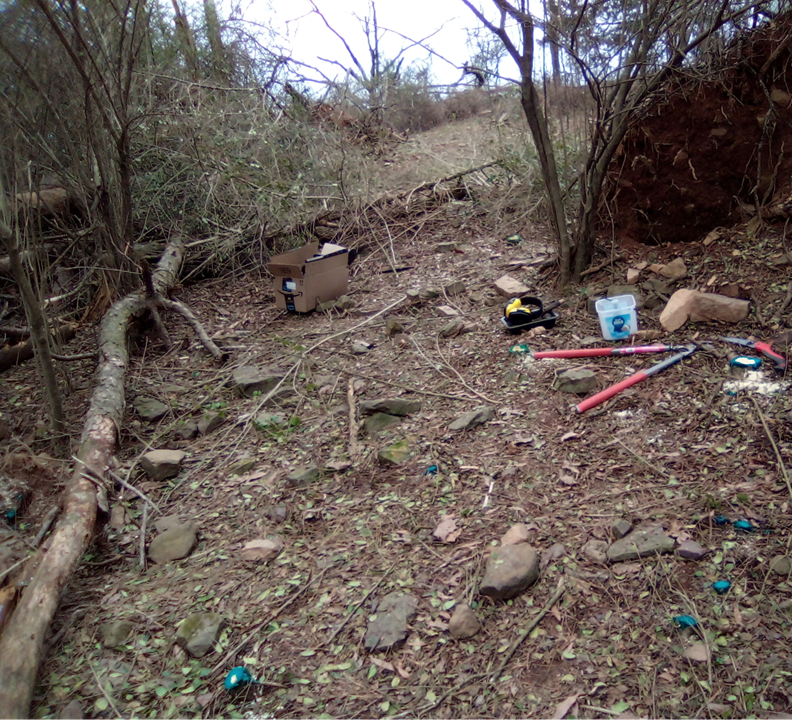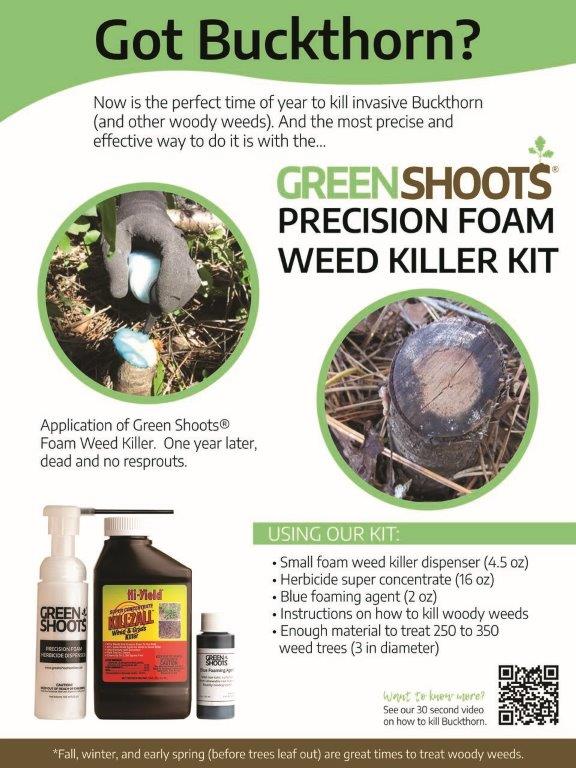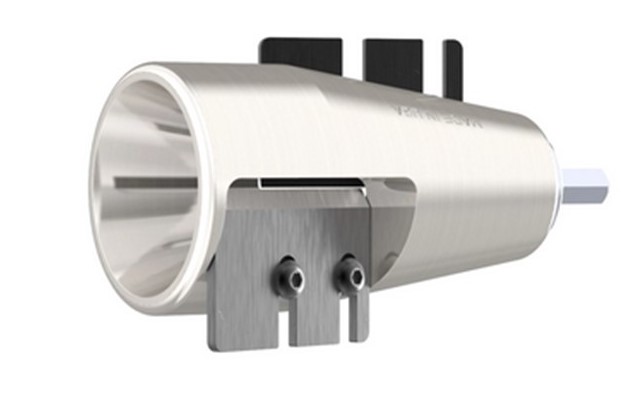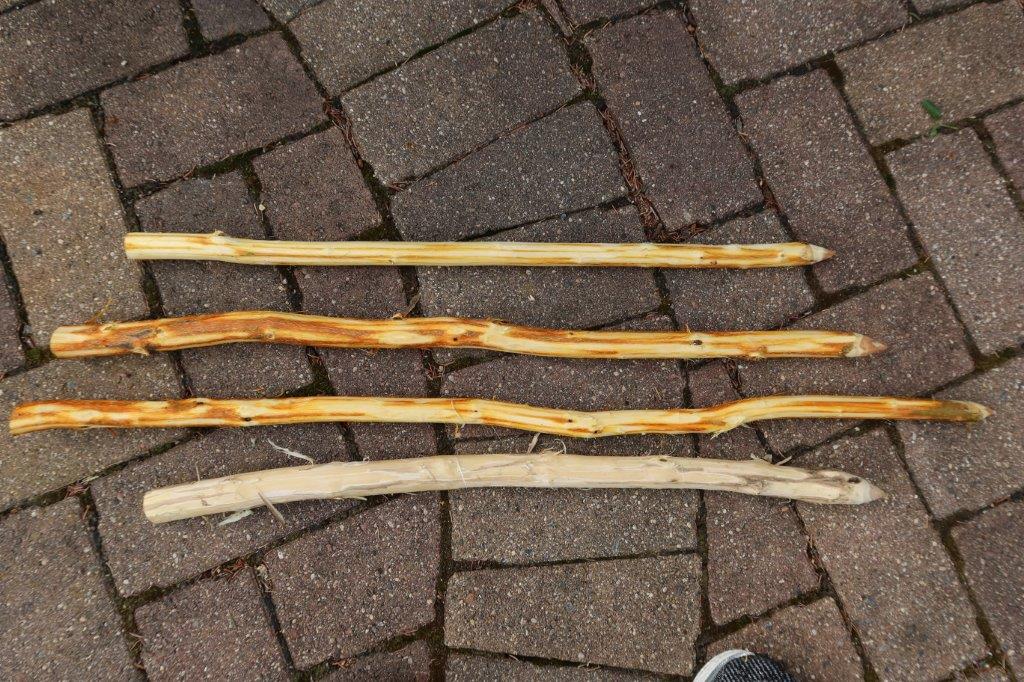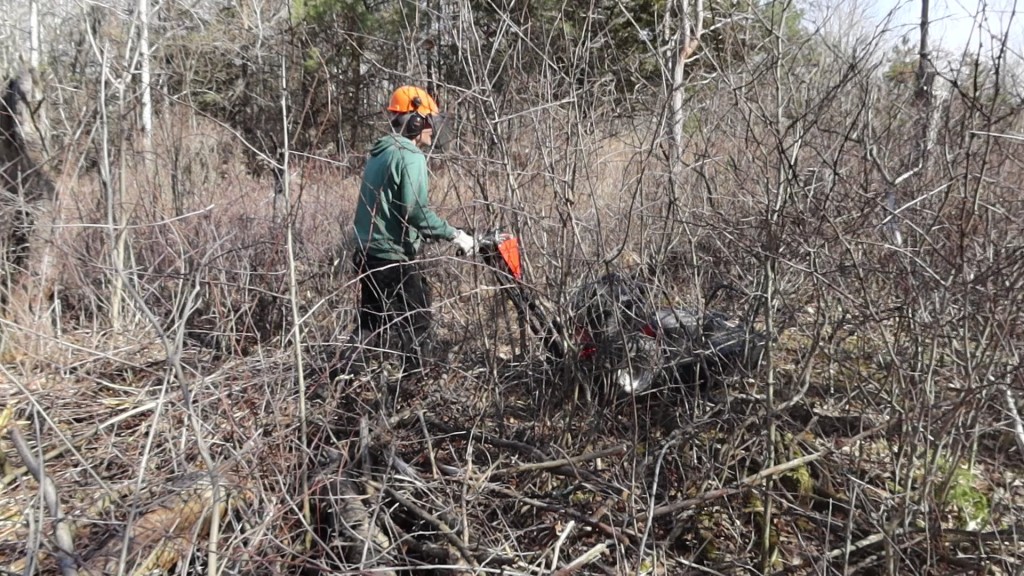Invasive Knotweed – New Products and Resources from Green Shoots
A lot has been happening at Green Shoots to help you deal with an infestation of invasive knotweed. Here’s what we now offer:
Guides:
- Knotweed Guide No. 1; How to Control a Small Stand of Knotweed
- Knotweed Guide No. 2; How to Control a Medium to Large Stand of Knotweed
- Knotweed Guide No. 3; How to Control a Stand of Knotweed with Stem Injection (forthcoming)
- Knotweed Guide No. 4; Excavating or Digging Rhizomes to Control Knotweed (forthcoming)
To access the Guides, go to our website under “Resources” and then “Knotweed.” Sign in there to receive any of the Guides. The Guides will be updated at least once a year, so these Guides will provide the most current information on controlling invasive knotweed.
Videos:
- Knotweed Control for Homeowners: 4 Tips for Success!
- Control a Large Stand of Japanese Knotweed in 4 Phases.
- 9 Common Mistakes to Avoid in Trying to Control Invasive Knotweed.
- Excavating or Digging Rhizomes to Control Knotweed.
- How to Control a Stand of Knotweed with Stem Injection (forthcoming).
We also have other videos on invasive knotweed. However, the ones listed here are the most current.
Products:
- Precision Foam Weed Killer Kit – Small – for controlling a small stand.
- Precision Foam Weed Killer Kit – Large – for controlling a medium to large stand.
- Precision Foam Weed Killer Kit – Large – Aquatic – for controlling a medium to large stand near a water body.
- Large Dispenser Conversion Kit to Drop Sprayer – for controlling a large stand more quickly (forthcoming).
- Stem Injector – for controlling small to medium size stands (forthcoming).
- Cutting Spade – for digging knotweed, especially after a year of knotweed herbicide treatments (forthcoming).
